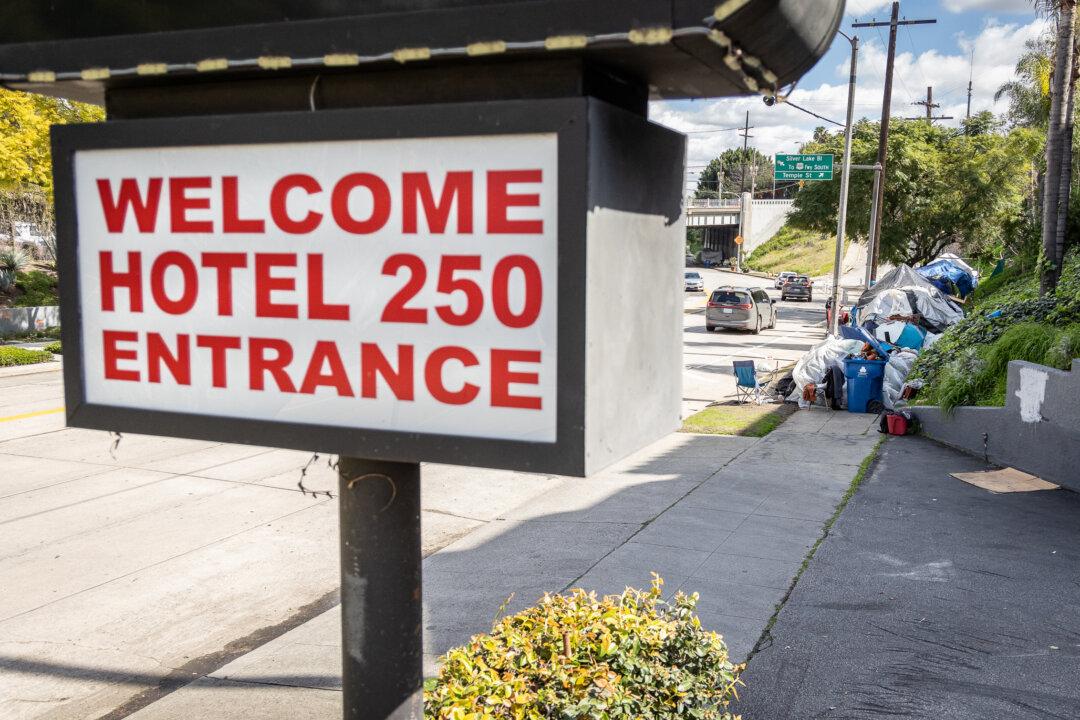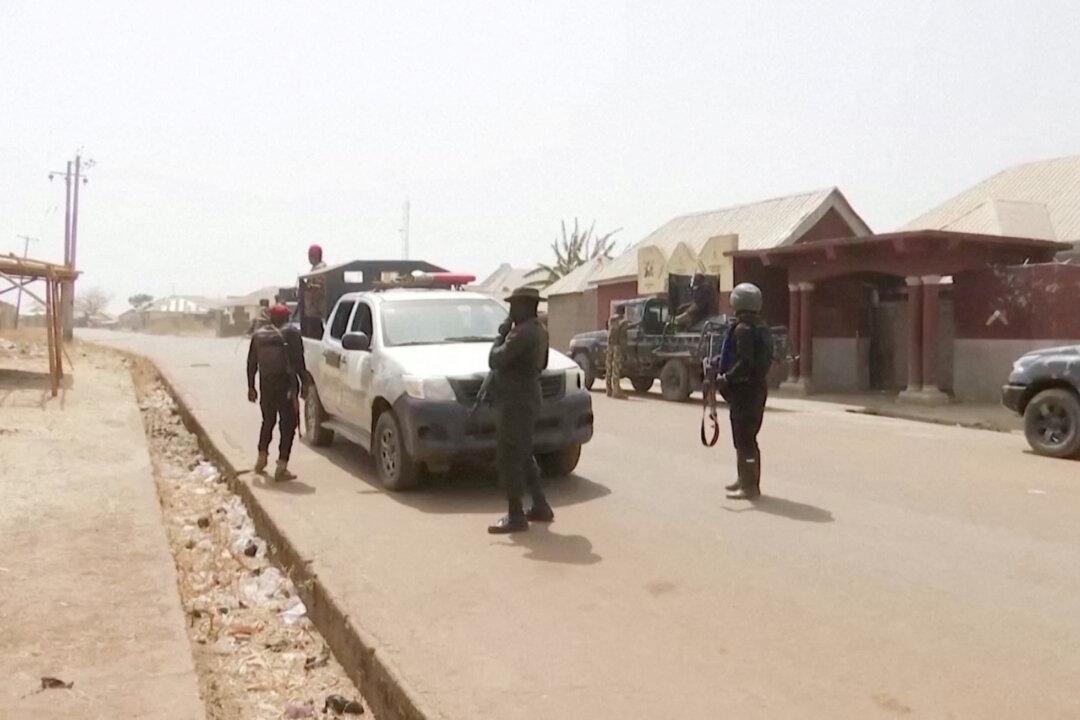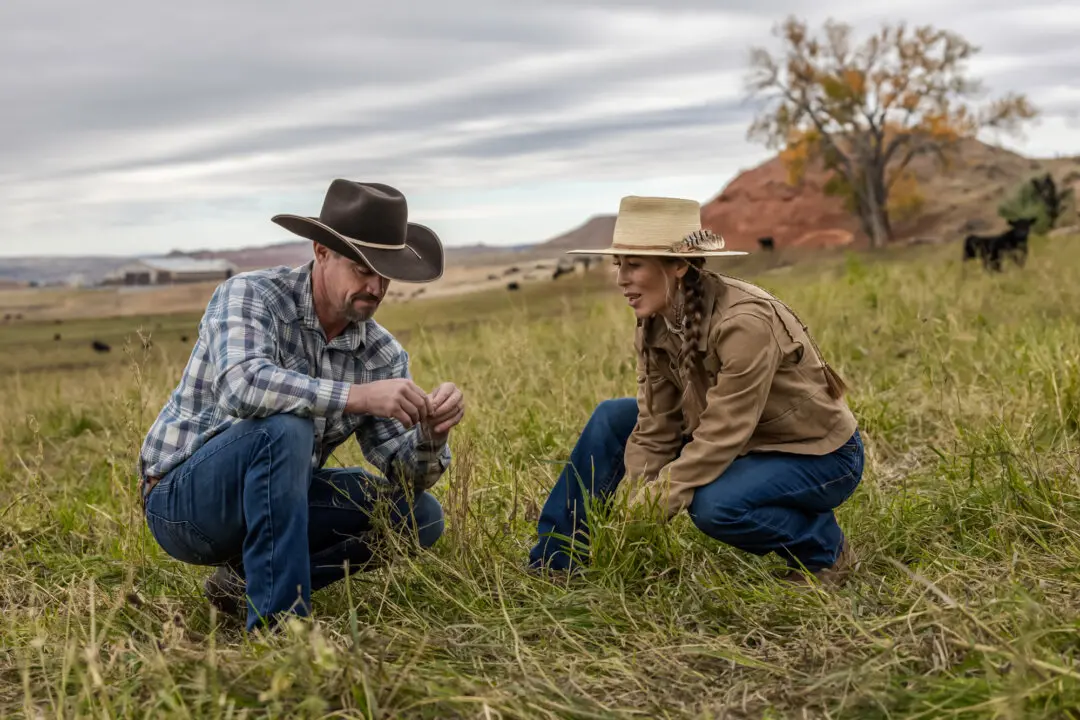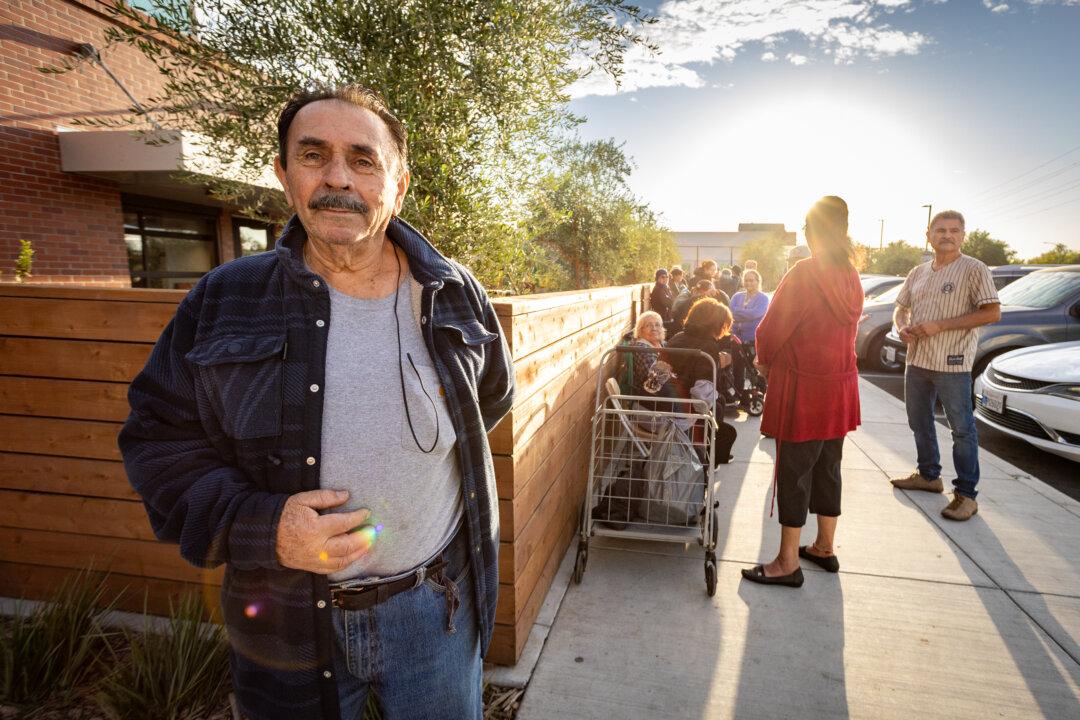The Hotel Silver Lake is perched on a bleak embankment near the 101 Freeway at the border of Silverlake, Little Bangladesh, and Historic Filipinotown. If you look west, you can see the offices of the nonprofit People Assisting the Homeless (PATH). To the east, an archipelago of underpass encampments stretches toward Sunset Boulevard.
Before Los Angeles Mayor Karen Bass’s Inside Safe program contracted with the hotel to provide interim housing for the city’s homeless, it was a traveler’s nightmare, trapping tourists who came for “Hollywood” glamour and left with bedbug infections.





